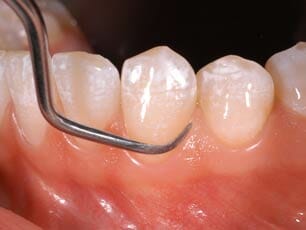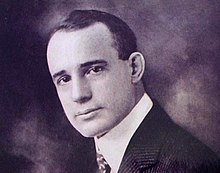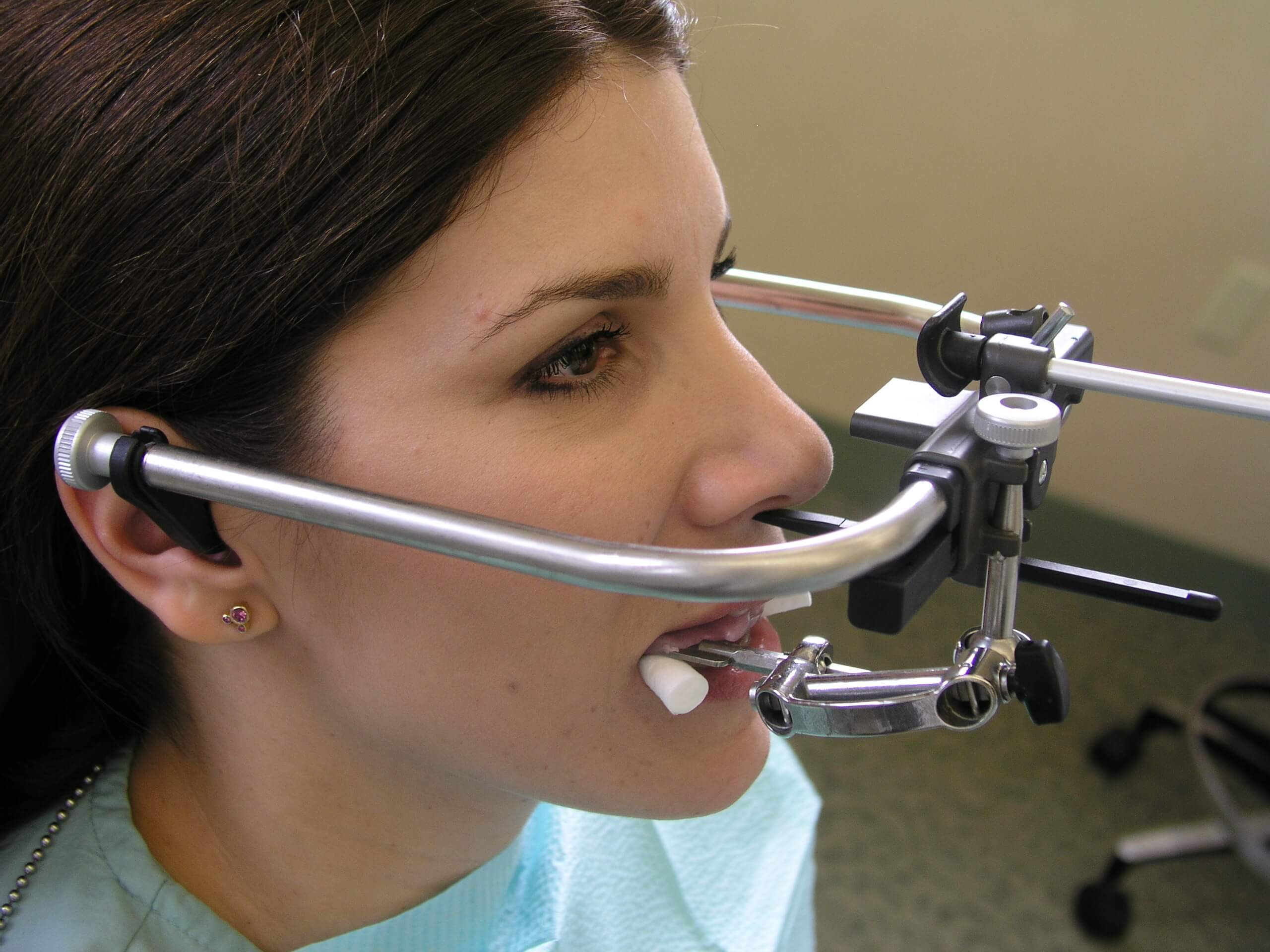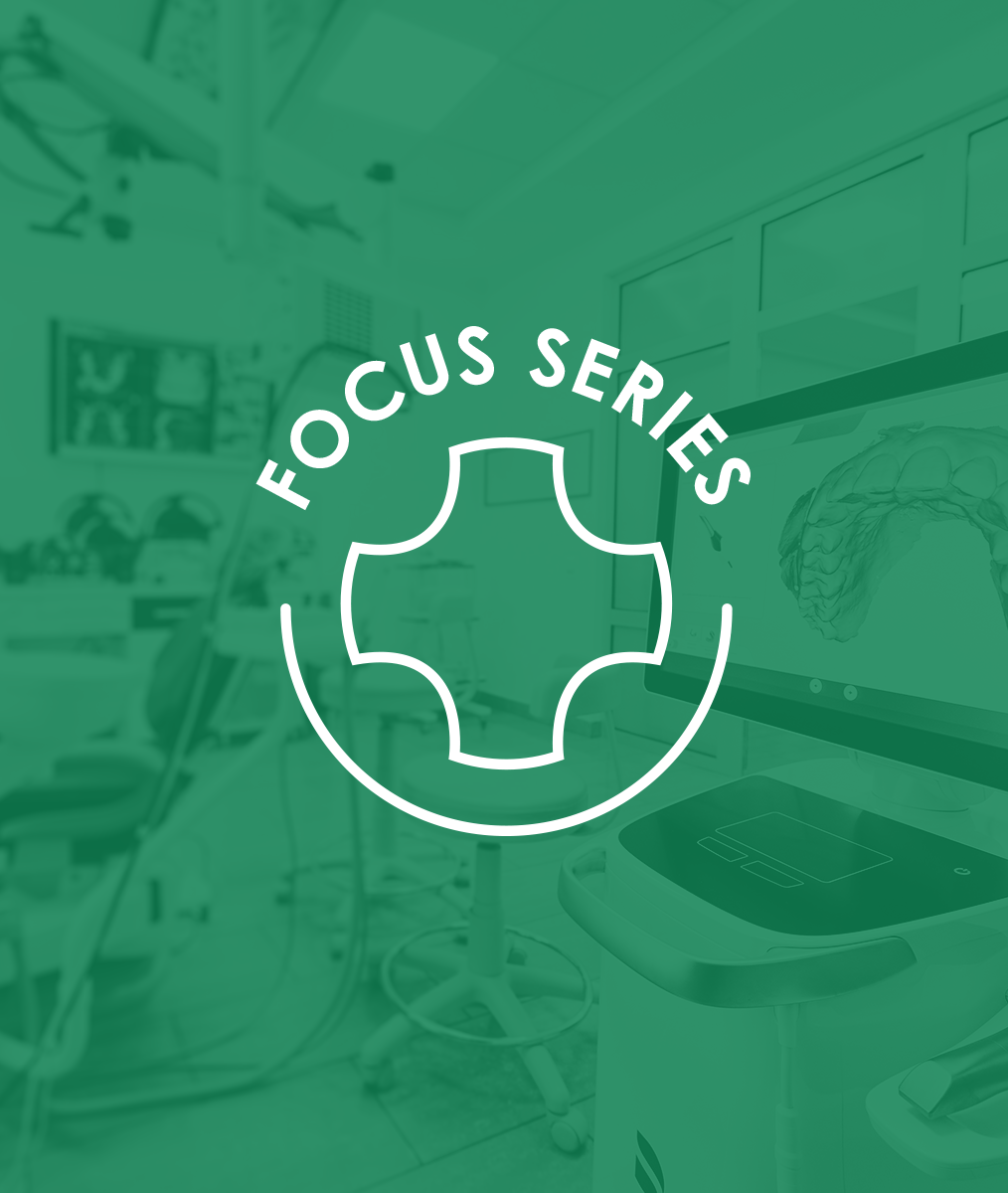How to Support Your New Hygienists
Hygienists make up a huge component of a dental practice’s atmosphere and productivity. You should be devoting plenty of time to understanding their motivations as well as your own. Even better, you should actively consider how best to support them.
Supporting New Hygienists
One obvious instance of support a dentist can provide occurs with the dental hygienist who is fresh out of school. Hiring someone new to the field confers pros and cons. The biggest upside is that you can mold them to your preferences. But in that upside lies a heavy burden: You must be willing to guide their learning and influence their patient care.
A hygienist who is very new to either your practice or dentistry itself needs plenty of time to become oriented. You can support them by seeing all of their patients for a while and completing an extremely thorough exam. This will ensure both the hygienist and patient get the most out of the experience.
Take steps like:
- Ensure all deposits that can be removed are removed.
- Observe the gingiva and determine if prophylaxis has caused as little trauma as possible.
- Measure pocket depths to calibrate the hygienists readings to yours.
- Look closely for decay and provide an opportunity for the hygienist to feel the signs of disease that you do.
- Check for wear or breakdown and teach both patient and hygienist how to see it.
- Carry out an oral cancer exam and clarify what is cause for concern.
- Point out what draws your attention on an x-ray.
- Finally, make any diagnostics you offer into a learning experience for both the patient and the hygienist.
Once you feel comfortable that your hygienist is appropriately skilled, you must open lines of communication surrounding who handles what responsibilities.
How do you bring new hygienists into your practice culture? Please let me know!
Related Course
Functional Esthetic Excellence Utilizing 100% Digital Workflow
DATE: June 13 2024 @ 8:00 am - June 15 2024 @ 2:00 pmThis Course Is Sold Out! Embracing Digital Dentistry This course will introduce each participant to the possibilities of complex case planning utilizing 100% digital workflows. Special emphasis will be placed…
Learn More>























